The tree which moves some to tears of joy is in the eyes of others only a green thing that stands in the way. Some see nature all ridicule and deformity… and some scarce see nature at all. But to the eyes of the man of imagination, nature is imagination itself. –William Blake
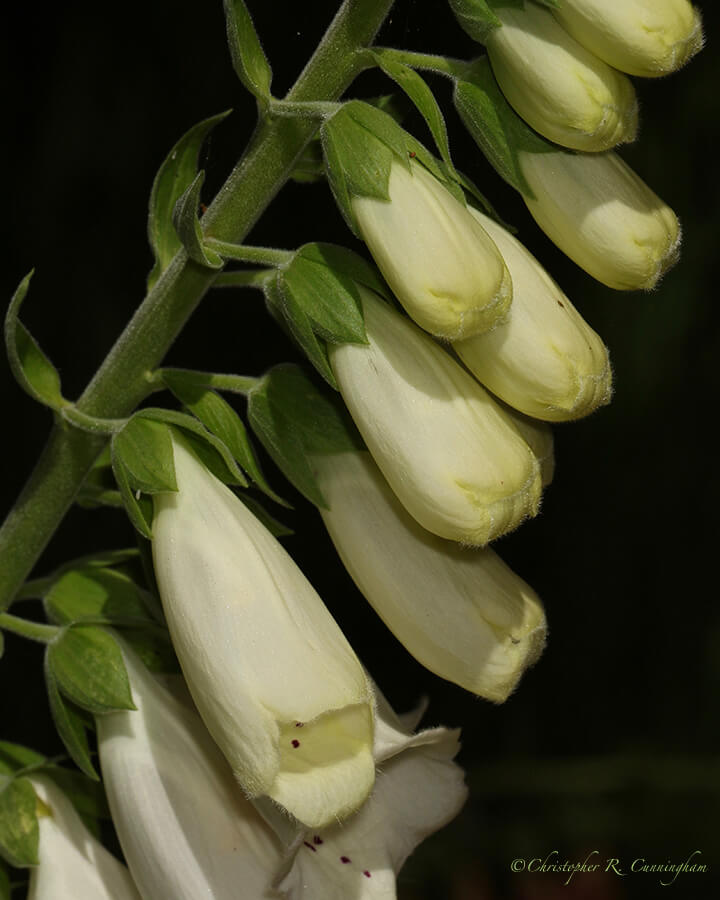
The southern Oregon Coast has to be considered one of the great botanical treasures of the country. In late spring, sometimes bordering on Majorelle, the surrounding wild profusion of plant diversity can be overwhelming, forcing the photographer to be choosy. It would take a lifetime to truly appreciate Oregon’s botany.
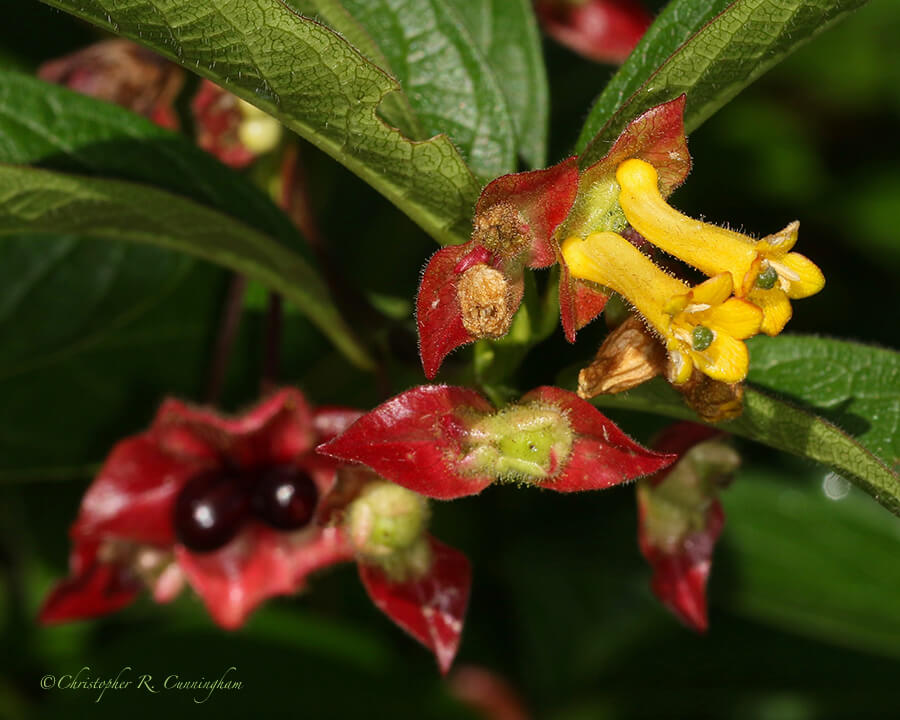
As a birder it often pays to know your plants. Azalea Park in Brookings could be the poster child for the debate over natives versus exotics. This spectacular little city park is loaded with exotics and cultivars and contains few natives. Our Falcon Guide for Oregon indicated that this park is frequented by Rufous, Allen’s, and Anna’s Hummingbirds during summer.
After combing the park and seeing almost no birds whatsoever, Elisa finally located one native bearberry honeysuckle on the margin of the park. The tubular yellow flowers are a magnet for the hummers, and we quickly spotted Rufous and Allen’s(?) Hummingbirds. The only other interesting bird we spotted in the park was a single Chestnut-backed Chickaee—and this we sighted less than 10 feet from the bearberry, too! Message? If you want wildlife, then plant some natives! It’s just that simple!
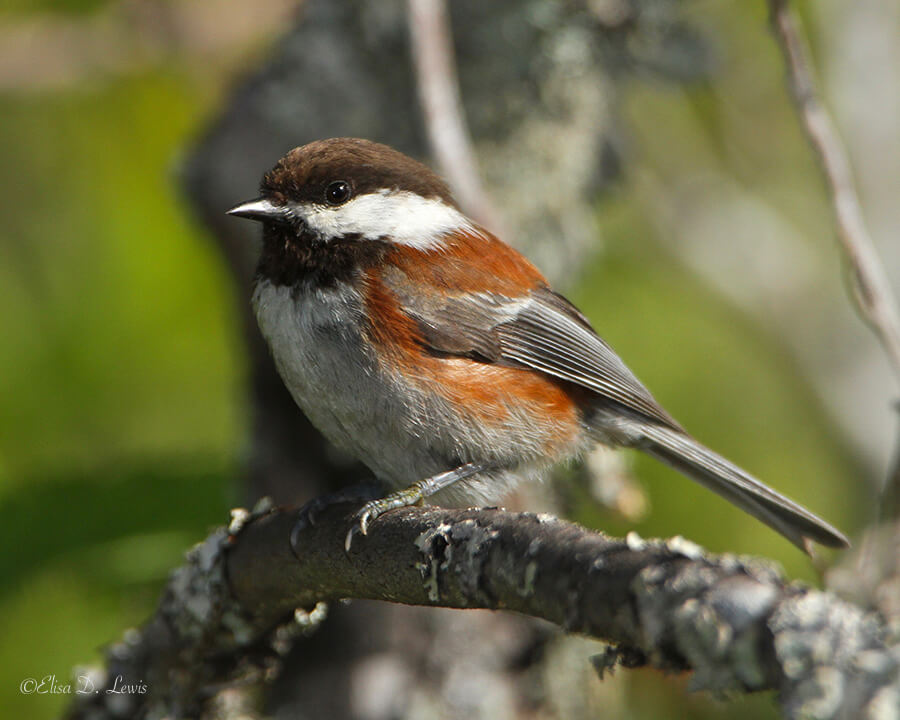
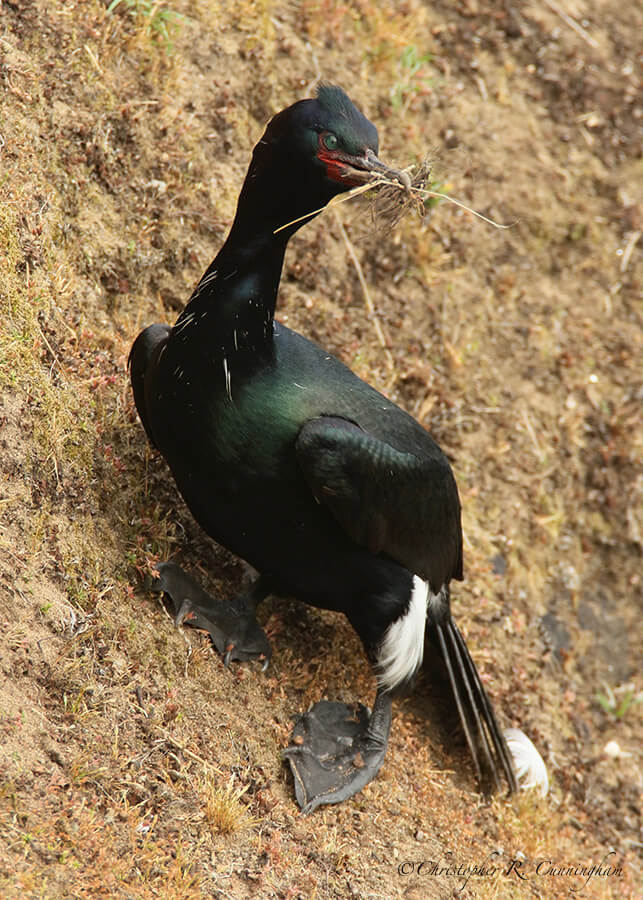
Despite the spectacular scenery and huge breeding colonies of Common Murres and other seabirds, we both felt that the “routine birding” on the southwest Oregon Coast was a little disappointing—even after visiting every type of habitat from tidal mudflats to rocky coasts to redwood forests. One of the great advantages of traveling to bird is that what’s common in your travel destination may be new to the traveler.
But most of the places we went simply were not that birdy. We saw much of what was “supposed” to be there, but only one or two individuals. We saw a Black Oystercatcher here, and a Whimbrel there. We saw one Red Crossbill. We saw no American Dippers, even in appropriate habitat—unless dippers are no longer interested in rocky mountain streams within their range. Huge tracts of apparently perfect habitat were almost devoid of birds. No rails. No mergansers. One Killdeer. American Goldfinches in huge flocks of . . . um, three. Two Harlequin Ducks, and so on.
At one point, Elisa was so perplexed about the absence of waders (we saw one Great Blue Heron and two Great Herons in a week) she probed the mud to see if there were invertebrates to be eaten or to provide food for fish, and there were plenty. Perhaps we’ve become spoiled by Texas, or perhaps the Oregon Coast, like many areas of the country, have suffered huge losses in the bird population sizes. We suspect the latter.
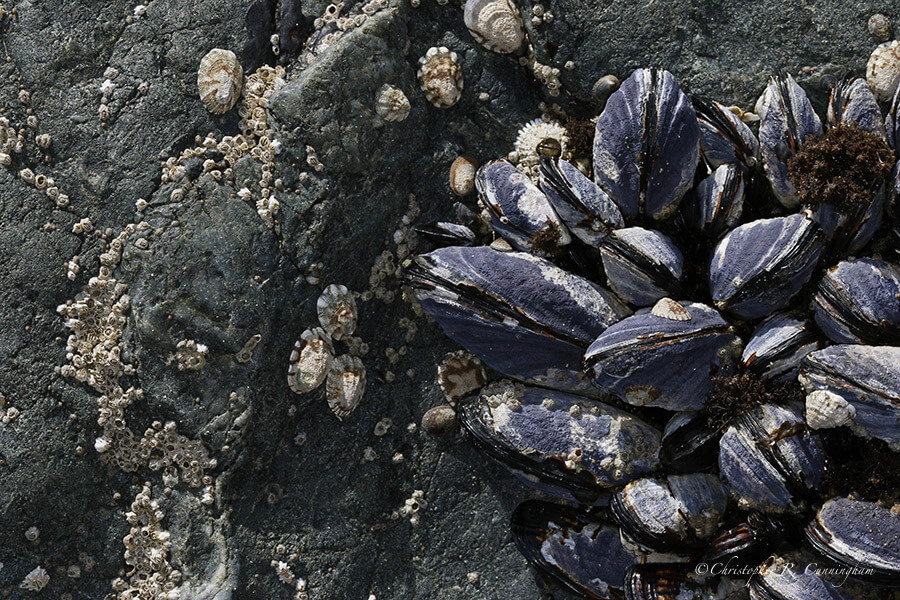
©2016 Christopher R. Cunningham and Elisa D. Lewis. All rights reserved. No text or images may be duplicated or distributed without permission.